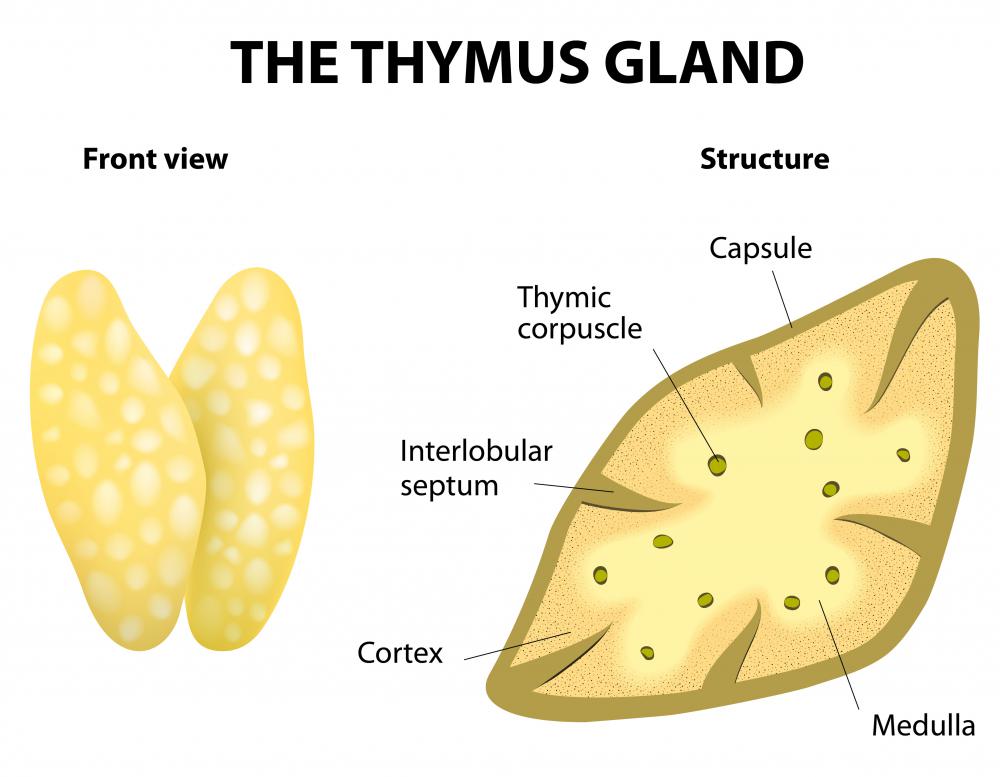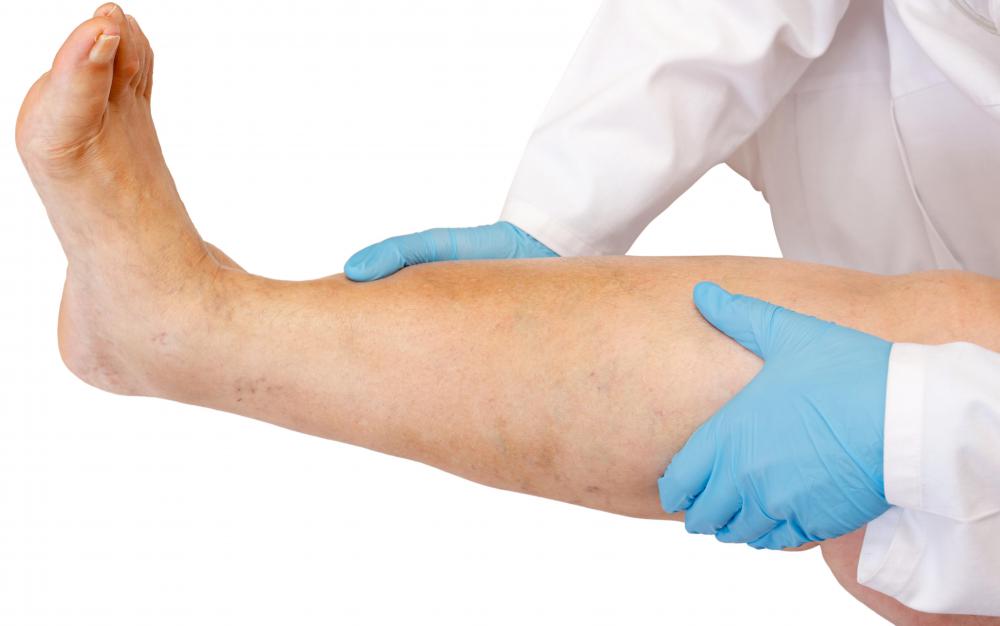At WiseGEEK, we're committed to delivering accurate, trustworthy information. Our expert-authored content is rigorously fact-checked and sourced from credible authorities. Discover how we uphold the highest standards in providing you with reliable knowledge.
What Is the Connection between the Lymphatic System and Immune System?
The lymphatic system and immune system are two distinct bodily systems but are intertwined in a number of ways. The immune system exists throughout the whole body, but the majority of its active components move along the physical pathway of the lymphatic system. Without lymph vessels, the immune system’s various functions would be rendered almost useless. Much of the body’s defenses rely on white blood cells and additional oxygen release filtered from the lymphatic system. These cells are transported to the needed area to fight particles that are deemed by the immune system to be foreign and possibly dangerous.
The connection between the lymphatic system and immune system can first be seen in one of the lymph system’s secondary organs, the lymph node. Any protein, like those encoded in an influenza virus or present in shellfish, can be seen by the body as an antigen. Animal allergies can usually be traced to the presence of an unwanted protein as well, as is the case with an allergic reaction to cats because feline dander contains high amounts of specific protein. Lymph nodes obtain the antigen through the circulatory system by way of lymph pathways and then “introduce” the antigen to naive immune system cells, like CD4 T-Cells, to start the process of forming an intelligent immune response to the substance. Lymph nodes also have a high concentration of immune system macrophages, or cells that digest unwanted matter, helping to purify the blood and the lymph itself.

Lymphocytes, known to be important in both the lymphatic system and immune systems, are a type of generic white blood cell that can be differentiated by the body for specific immune-mediated tasks. Lymphocytes grow in the bone marrow, especially of the body’s long bones, like the femur. Some of the lymphocytes migrate to the thymus gland and are separated into T-cells that identify, directly attack, or destroy pathogens in various other ways, depending on the exact type of T-cell that the lymphocyte becomes. Lymphocytes may also be divided into B-cells while still in the bone marrow. Upon maturation, B-cells contribute to the lymphatic system and immune system by producing and expediting antibodies to fight already recognized infectious particles throughout the body.

Allergies to things like dust, molds, and pollen are mediated by the lymphatic system and immune system as well. After exposure to the irritating substance, people who are allergic produce antibodies, T-cells, and B-cells that are sensitive to it. The antibodies bind to mast cells, another type of white blood cell, which produces histamine, the culprit in most apparent allergic symptoms.
AS FEATURED ON:
AS FEATURED ON:


















Discuss this Article
Post your comments